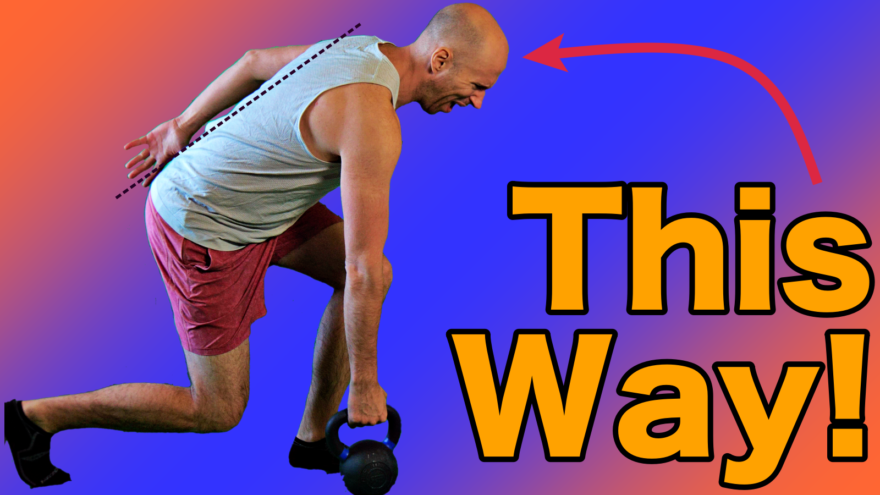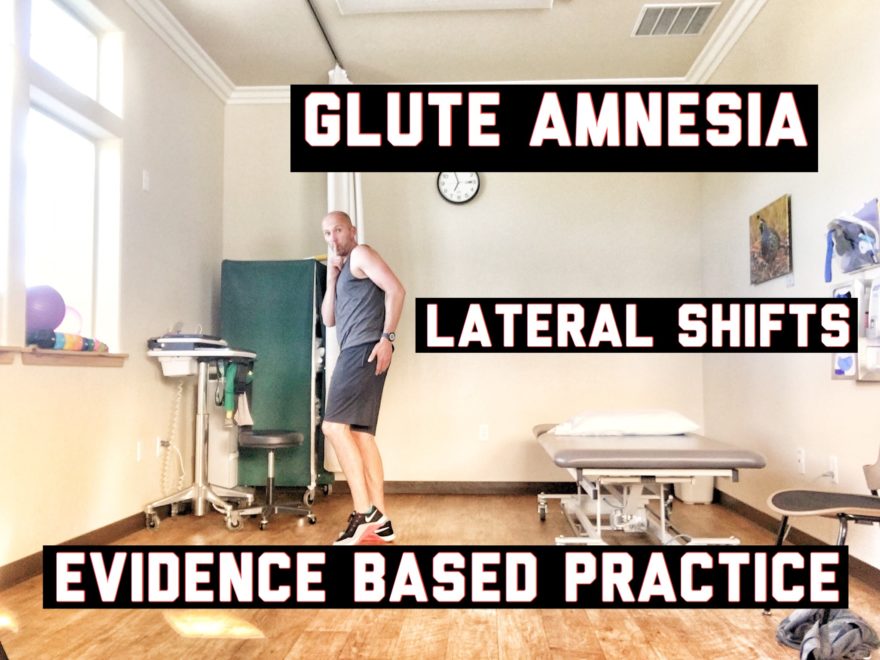Tag: glute

How to Forward Lean Split Squat
A split squat variation that targets the hamstrings and glutes The split squat is an excellent exercise, but what if…

Glute Amnesia, Lateral Shifts, and Evidence Based Practice – Movement Debrief Episode 50
Movement Debrief Episode 50 is in the books. Below is a copy of the video for your viewing pleasure, and…
Course Notes: PRI Myokinematic Restoration
What a Class Wow. That’s all that really needs to be said. I have had a great deal of exposure…
